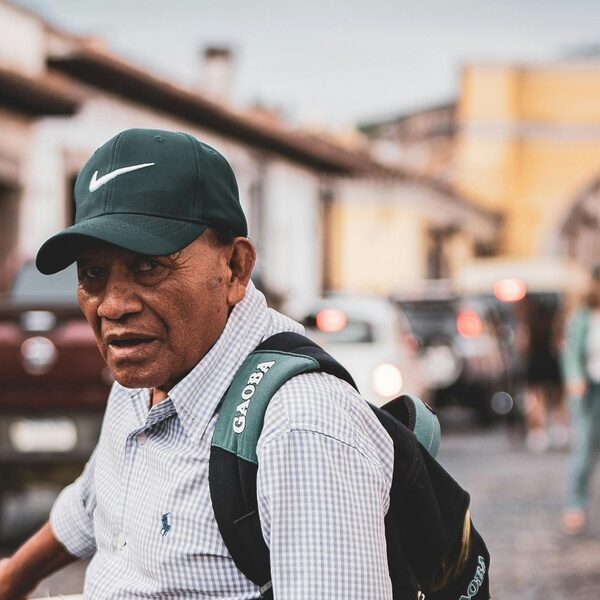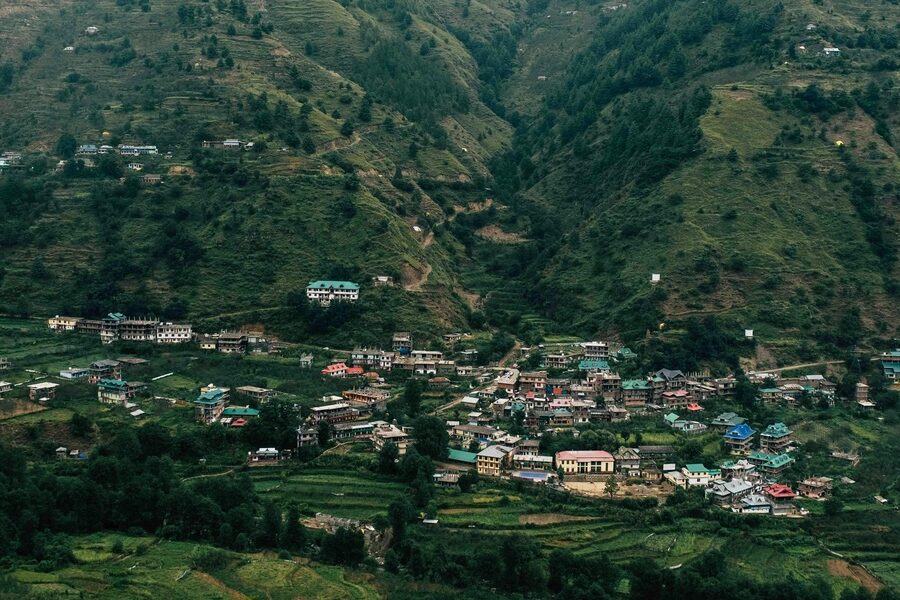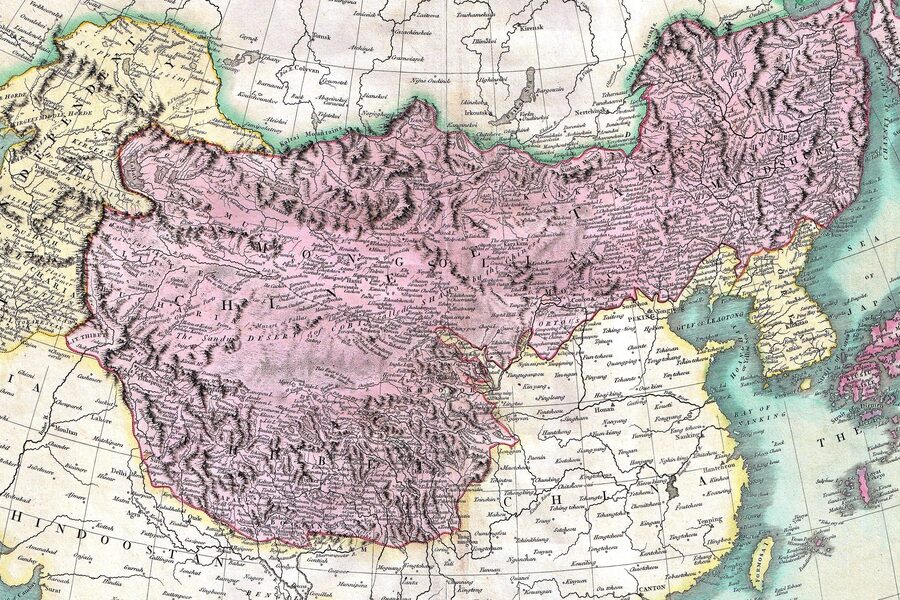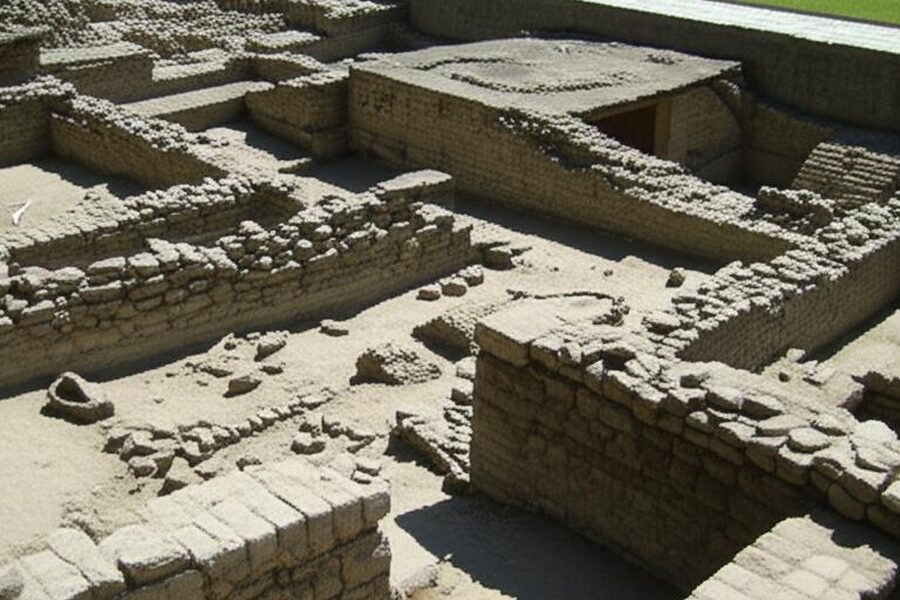El Salvador’s history and varied landscapes have left a compact but rich linguistic map: small communities and longstanding traditions keep distinct tongues alive despite decades of change. These languages carry place-based knowledge and cultural ties that matter to families and researchers alike.
There are 3 Indigenous Languages in El Salvador, ranging from Cacaopera (Kakawira) to Nawat (Pipil). For each entry you’ll see concise data organized as Family, Speakers (est.), Regions so you can compare classification, estimated vitality, and geographic distribution — you’ll find below.
Are any of these languages still spoken today?
Yes, some are still spoken, though speaker numbers are small and vary by language; Nawat (Pipil) has the most active community of speakers and learners, while Cacaopera (Kakawira) is critically endangered with very few fluent speakers remaining; ongoing community projects, documentation, and language classes influence local vitality and visibility.
How can I find reliable information or support revitalization efforts?
Look for community-led organizations, university linguistics departments, and cultural institutes in El Salvador that publish documentation and learning materials; prioritize resources created or approved by descendant communities, check archives for audio recordings, and support grassroots programs or ethical research that centers local priorities.
Indigenous Languages in El Salvador
| Language | Family | Speakers (est.) | Regions |
|---|---|---|---|
| Nawat (Pipil) | Uto-Aztecan | 2,000 (2020 est.) | Sonsonate; Ahuachapán; La Libertad; Cuscatlán; San Salvador |
| Lenca | Lencan (isolate) | 0 (extinct in El Salvador; last early 20th c.) | Historically central-eastern and western municipalities (El Salvador) |
| Cacaopera (Kakawira) | Misumalpan (Matagalpan) | 0 (extinct; early 20th c.) | Morazán department (Cacaopera area, northeast El Salvador) |
Images and Descriptions
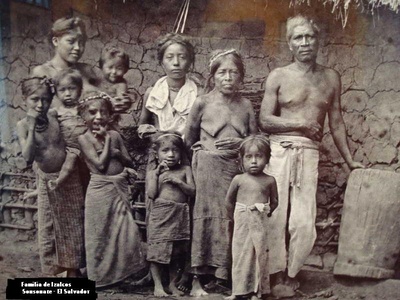
Nawat (Pipil)
A descendant of Nahuatl historically spoken across western El Salvador. Extant but highly endangered, with a few hundred fluent speakers and growing revitalization efforts (community classes, school programs, signage). Important for local identity and cultural revival movements.
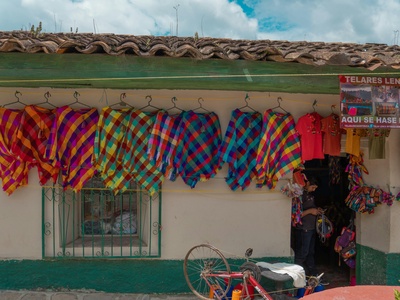
Lenca
Once spoken by Lenca peoples across parts of El Salvador, now no fluent native speakers in-country. Considered extinct locally; cultural identity persists and regional revitalization projects and research continue mostly in Honduras.

Cacaopera (Kakawira)
Former language of the Cacaopera people in northeastern El Salvador. Extinct early 20th century; limited documentation exists from ethnographers. Remembered in place names and oral history, with occasional cultural revival interest among descendants.


